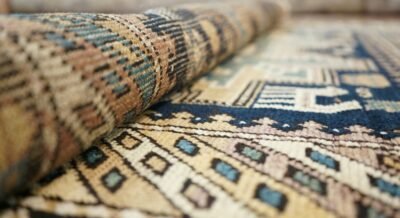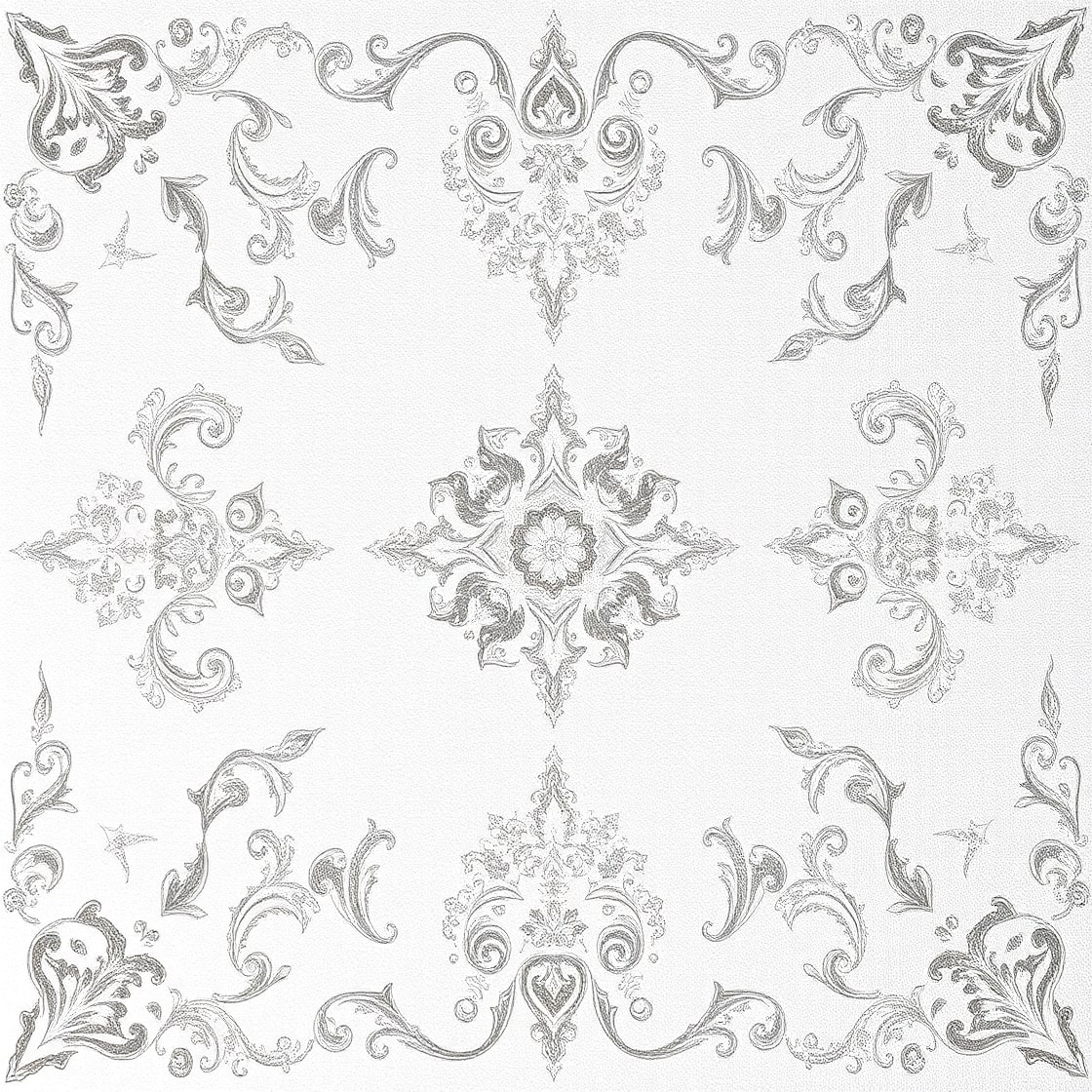How to Clean a Persian Rug at Home
Introduction
A Persian rug is more than a floor covering — it’s a masterpiece of heritage, craftsmanship, and color. These handwoven treasures are made from natural fibers like wool or silk, which require delicate handling. Understanding how to clean a Persian rug at home helps preserve its beauty, texture, and intricate design for decades. Proper cleaning doesn’t just remove dirt; it restores life to the threads that tell stories of artistry and tradition.

Understanding Your Persian Rug
Before you begin cleaning, it’s important to know what type of Persian rug you own. Each rug is woven differently, often with hand-dyed fibers that can fade or bleed if treated harshly. Traditional Persian rugs are made from natural materials, which makes them sensitive to strong detergents or chemical cleaners. Always check for colorfastness by gently dabbing a damp white cloth on a hidden corner of the rug. If color transfers, water-only cleaning is safest.
Preparing the Rug for Cleaning
Start by removing all surface dust using a soft-bristle brush or a low-suction vacuum. Avoid using beater bars, as they can damage the fibers and knots. Flip the rug occasionally to clean both sides, ensuring any dirt trapped beneath is also lifted. Once the dust is gone, lay the Persian rug flat on a clean, dry surface to prepare for a deeper wash.

Gentle Washing and Drying
To wash your Persian rug safely, mix a small amount of mild detergent or rug shampoo with cool water. Using a soft sponge, lightly clean the rug in the direction of the weave. Avoid soaking the rug completely, as excess moisture can weaken the fibers and cause shrinkage. Rinse with clean, cool water and blot with towels to remove excess liquid. Dry the rug flat in a shaded area to prevent fading, and never hang it under direct sunlight.
Maintaining the Beauty of a Persian Rug
Regular maintenance is the secret to keeping your Persian rug vibrant. Rotate it every few months to ensure even wear and exposure to light. Always clean spills immediately by blotting (not rubbing) the area with a clean cloth. Consider a professional deep cleaning every one to two years to keep the rug’s natural sheen and softness intact.
Restoring and Protecting Your Persian Rug
Even with the best care, older rugs may show signs of fading or fraying. In such cases, professional restoration is the best solution to bring back their original beauty. Skilled artisans can repair damaged threads and re-dye faded areas, ensuring your rug remains a timeless centerpiece in your home. For professional cleaning, repair, or restoration, visit Shabahang Rugs to explore expert rug care services and a stunning collection of authentic Persian rugs.
Related Posts
Restoring Navajo Blankets in USA
-
Posted by
 Ans Iqbal
Ans Iqbal - 0 comments
Kitchen Rug Customization
-
Posted by
 Ans Iqbal
Ans Iqbal - 0 comments
How Handmade Rugs Increase the Value of Your Home
-
Posted by
 Ans Iqbal
Ans Iqbal - 0 comments
Persian vs Oriental Rugs: Key Differences You Should Know
-
Posted by
 Ans Iqbal
Ans Iqbal - 0 comments
How to Choose the Perfect Persian Rug for Your Living Room
-
Posted by
 Ans Iqbal
Ans Iqbal - 0 comments
Why Wool Rugs Are a Timeless Choice for Every Home
-
Posted by
 Ans Iqbal
Ans Iqbal - 0 comments
The Art of Persian Rugs: Why Every Home Needs One
-
Posted by
 Ans Iqbal
Ans Iqbal - 0 comments
